Tungsten Boride Sputtering Target Description
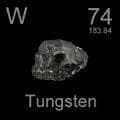 Tungsten is a rare metal that occurs naturally on Earth, predominantly in combination with other elements in chemical compounds rather than in its pure form. Discovered as a new element in 1781 and first isolated as a metal in 1783, tungsten’s primary ores include wolframite and scheelite.
Tungsten is a rare metal that occurs naturally on Earth, predominantly in combination with other elements in chemical compounds rather than in its pure form. Discovered as a new element in 1781 and first isolated as a metal in 1783, tungsten’s primary ores include wolframite and scheelite.
Tungsten boasts the highest melting point of any element, melting at an impressive 3422 °C, and also holds the record for the highest boiling point at 5930 °C. With a density 19.25 times that of water, tungsten is comparable to uranium and gold, and significantly denser than lead by about 1.7 times. While polycrystalline tungsten is naturally brittle and hard, making it challenging to work with, pure single-crystalline tungsten is more ductile, allowing it to be cut with a hard-steel hacksaw.
Related Product: Tungsten Sputtering Target.
Tungsten Boride Sputtering Target Specifications
| Material Type | Tungsten Boride |
| Symbol | WB |
| Color/Appearance | Solid |
| Melting Point | / |
| Density | 15.3 g/cm3 |
| Available Sizes | Dia.: 2.0″, 3.0″, 4.0″, 5.0″, 6.0″ Thick: 0.125″, 0.250″ |
We also offer other customized shapes and sizes of the sputtering targets; please Contact Us for more information.
Tungsten Boride Sputtering Target Applications
Packing
Our Tungsten Boride Sputtering Targets are clearly tagged and labeled externally to ensure efficient identification and quality control. Great care is taken to avoid any damage during storage or transportation.

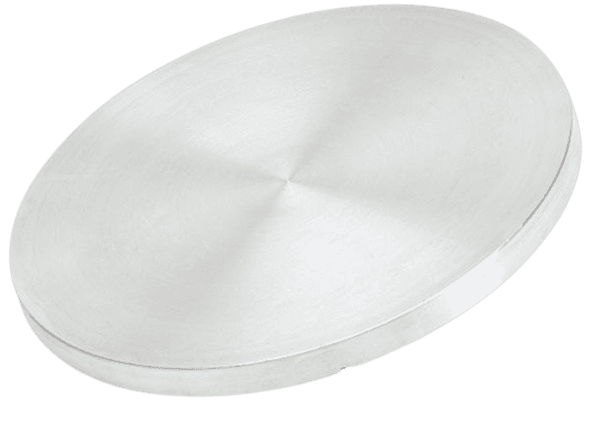
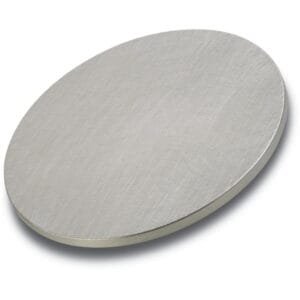
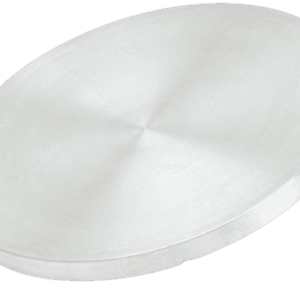
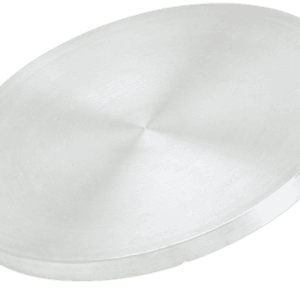
Reviews
There are no reviews yet.